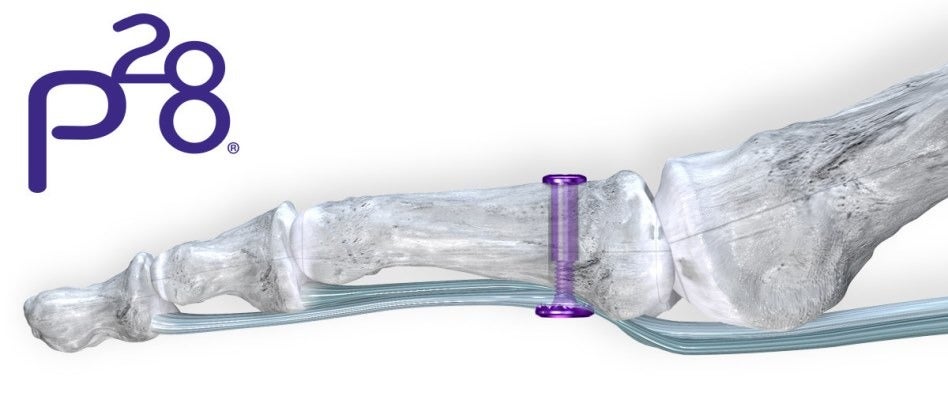Paragon 28 has launched TenoTac soft tissue fixation system for foot and ankle, designed to provide surgeons with a simplified and reproducible option for tendon transfers of the lesser toes.

Image: Paragon 28 TenoTac Soft Tissue Fixation System. Photo: Courtesy of PRNewswire.
Paragon 28 claims that its product helps in streamlining procedures, offering flexibility to surgeons in technique and approach, while facilitating reproducible results benefitting both the surgeon and patient.
The company noted that its TenoTac has a different approach compared to traditional methods for flexor tendon transfers, facilitating correction without releasing tissue attachments distally by balancing plantar and dorsal tension.
Furthermore, cannulated implants and instrumentation allow for a fast, reproducible technique with few steps.
The TenoTac soft tissue fixation system uses a titanium threaded implant and a simple insertion method to obtain optimal fixation of soft tissue to bone. The phalanx is prepped with the provided instrumentation and the plantar implant component is inserted into the bone tunnel.
Once inserted, the temporary fixation and correction can be achieved by holding manual tension over the tendon and bone. Once correction is made, the dorsal aspect of the implant is mated by threading the two components together.
The fixation is locked in place when the dorsal and plantar teeth bite into bone, which prevent the implant from unthreading. TenoTac uses a low-profile design with minimal instrumentation to provide a less invasive solution to tendon transfers.
Paragon 28 said that the implant comes in a non-sterile configuration inclusive of all instrumentation needed for the procedure. The system has three sizes of implants to accommodate varying patient anatomies.
The instrumentation has been designed to streamline the procedure and minimize the complications associated with tensioning and passing of suture in a traditional Girdlestone-Taylor procedure.
Last October, the company released Baby Gorilla Medial and Lateral Talar Neck plates. The products are claimed to be highly contoured to fit into the curvature and anatomy of the talar neck.
The plate geometry and screw hole locations have also been designed to provide fixation and stability around commonly observed fracture patterns.
The medial talar neck plate has extended bridge lengths to accommodate ancillary fixation should cross screw fixation be appropriate.
